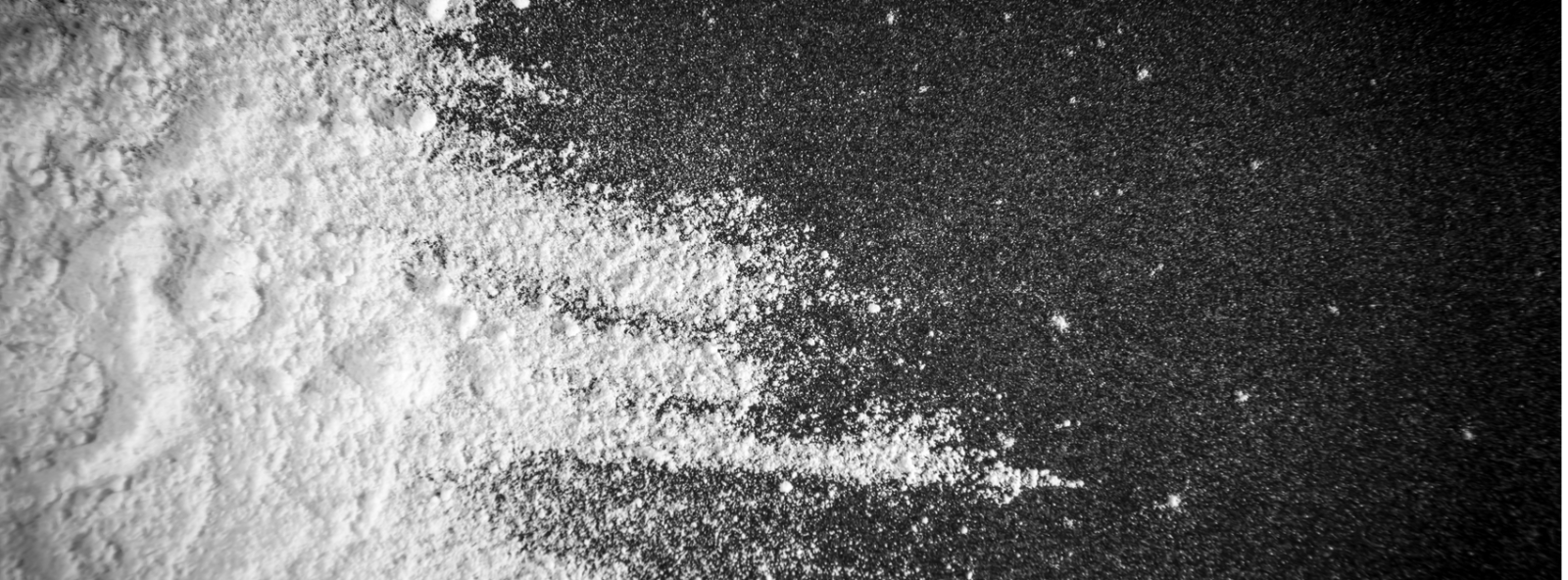

CAS:
N-alkyl dimethyl benzyl Ammonium Chloride Alkyl
N-alkyl dimethyl benzyl Ammonium Chloride Alkyl
Properties:
- Product Name: N-Alkyl Dimethyl Benzyl Ammonium Chloride
- Synonyms: ADBAC, Benzalkonium Chloride, BAC
- CAS: 8001-54-5
- EINECS: 616-688-8
- Molecular Weight: 340.0 g/mol
- Molecular Formula: C21H38ClN
- Density: 0.98 g/cm3
- Boiling Point(℃): 315 °C
- Flash Point(℃): 143 °C
- Refractive Index: 1.367
- Hazard Symbols: Xi
- Risk Codes: 36/37/38
- Safety Description: Wear suitable protective clothing
FAQ:
What is N-alkyl dimethyl benzyl Ammonium Chloride (Alkyl)?
N-alkyl dimethyl benzyl Ammonium Chloride (Alkyl) is a type of quaternary ammonium compound that is commonly used as a disinfectant and antimicrobial agent. It is effective against a wide range of microorganisms, making it a popular choice for use in various industries, including healthcare, food processing, and agriculture.
How does N-alkyl dimethyl benzyl Ammonium Chloride (Alkyl) work?
N-alkyl dimethyl benzyl Ammonium Chloride (Alkyl) works by disrupting the cell membranes of microorganisms, leading to their destruction. This mechanism of action makes it an effective disinfectant and antimicrobial agent against bacteria, viruses, and fungi.
What are the benefits of using N-alkyl dimethyl benzyl Ammonium Chloride (Alkyl)?
Some of the key benefits of using N-alkyl dimethyl benzyl Ammonium Chloride (Alkyl) include its broad-spectrum antimicrobial activity, fast-acting effectiveness, and low toxicity to humans and animals when used as directed. It is also stable, non-corrosive, and compatible with a wide range of materials.
How is N-alkyl dimethyl benzyl Ammonium Chloride (Alkyl) typically used?
N-alkyl dimethyl benzyl Ammonium Chloride (Alkyl) can be used in various forms, including as a solution, spray, or wipe. It is commonly used for surface disinfection, equipment sterilization, water treatment, and general antimicrobial purposes in healthcare settings, food processing facilities, agricultural operations, and more.
Is N-alkyl dimethyl benzyl Ammonium Chloride (Alkyl) safe to use?
When used as directed, N-alkyl dimethyl benzyl Ammonium Chloride (Alkyl) is considered safe for humans and animals. It is important to follow the manufacturer's instructions for proper dilution, application, and contact time to ensure effective disinfection while minimizing any potential risks associated with its use.
N-alkyl dimethyl benzyl Ammonium Chloride (Alkyl) is a type of quaternary ammonium compound that is commonly used as a disinfectant and antimicrobial agent. It is effective against a wide range of microorganisms, making it a popular choice for use in various industries, including healthcare, food processing, and agriculture.
How does N-alkyl dimethyl benzyl Ammonium Chloride (Alkyl) work?
N-alkyl dimethyl benzyl Ammonium Chloride (Alkyl) works by disrupting the cell membranes of microorganisms, leading to their destruction. This mechanism of action makes it an effective disinfectant and antimicrobial agent against bacteria, viruses, and fungi.
What are the benefits of using N-alkyl dimethyl benzyl Ammonium Chloride (Alkyl)?
Some of the key benefits of using N-alkyl dimethyl benzyl Ammonium Chloride (Alkyl) include its broad-spectrum antimicrobial activity, fast-acting effectiveness, and low toxicity to humans and animals when used as directed. It is also stable, non-corrosive, and compatible with a wide range of materials.
How is N-alkyl dimethyl benzyl Ammonium Chloride (Alkyl) typically used?
N-alkyl dimethyl benzyl Ammonium Chloride (Alkyl) can be used in various forms, including as a solution, spray, or wipe. It is commonly used for surface disinfection, equipment sterilization, water treatment, and general antimicrobial purposes in healthcare settings, food processing facilities, agricultural operations, and more.
Is N-alkyl dimethyl benzyl Ammonium Chloride (Alkyl) safe to use?
When used as directed, N-alkyl dimethyl benzyl Ammonium Chloride (Alkyl) is considered safe for humans and animals. It is important to follow the manufacturer's instructions for proper dilution, application, and contact time to ensure effective disinfection while minimizing any potential risks associated with its use.

